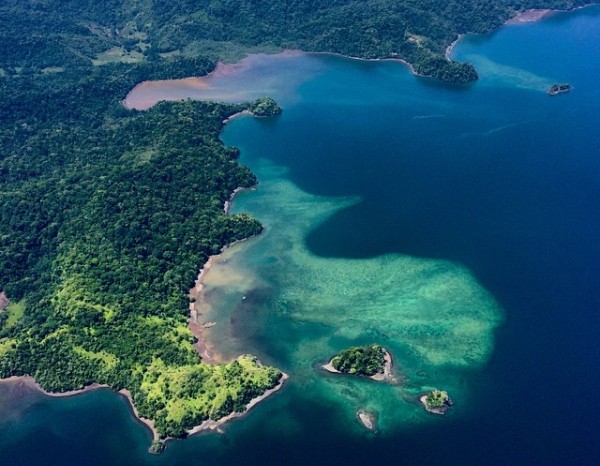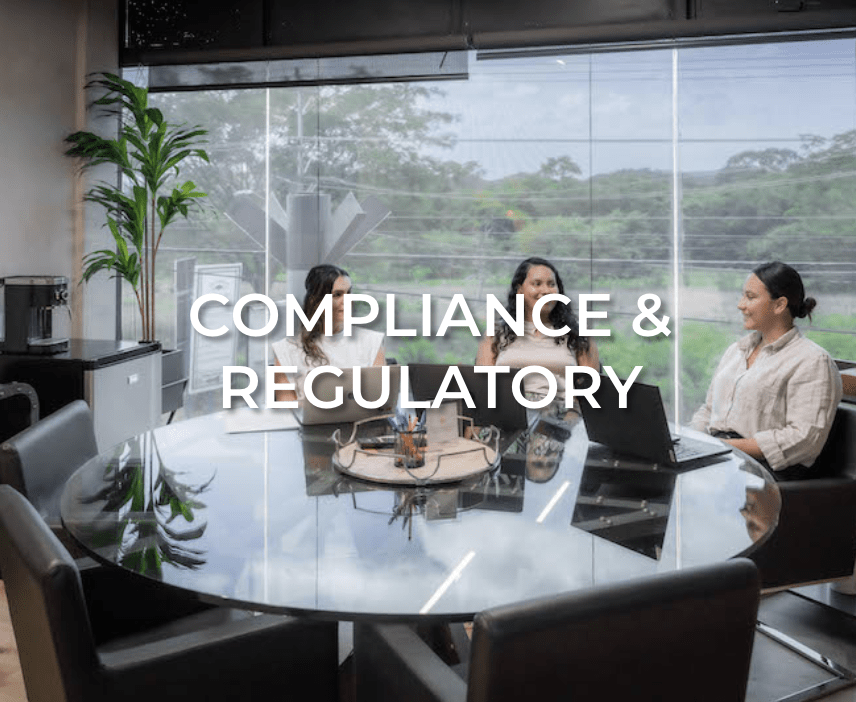

Abc’s of Canton Of Osa’s Zoning Plan
by Quatro Legal Real Estate Team | March 21, 2025

Osa, located in the province of Puntarenas, is a diverse and ecologically rich canton. The canton stretches from the Osa Peninsula to the coastal plains of the Pacific, encompassing districts such as Palmar, Sierpe, Bahía Ballena, and Piedras Blancas. The lifestyle here harmonizes development and conservation, offering ecotourism opportunities, local markets, restaurants, and access to natural wonders like Corcovado National Park, the Térraba-Sierpe Wetland, and pristine beaches such as Playa San Josecito. With a tropical climate and a welcoming community, Osa has become an attractive destination for both locals and visitors seeking a balance between nature and sustainable growth. Additionally, Osa has a regulatory plan that supports this growth, ensuring that development aligns with environmental preservation.
A Zoning Plan (Plan Regulador) in Costa Rica is a legal framework that regulates land use and guides both urban and rural development, promoting sustainable growth and environmental protection. Approved by local municipalities, this plan classifies land into residential, commercial, industrial, conservation, and other specific zones, each with regulations on building height, density, and permitted activities. It also manages the allocation of public infrastructure, such as roads and green spaces, and ensures that pre-existing concessions align with current zoning regulations to promote orderly and balanced development.
The Zoning Plan (ZP) of Osa covers the geographical area of the Osa canton, including the communities of Dominical, Uvita, and Barú-Boca Coronado. It clearly defines the canton’s boundaries and various land-use classifications, serving as a guide for future development.
Access the full zoning plan here: Municipalidad de Osa | Plan Regulador Cantonal (This zoning plan is provided for informational purposes only and may not reflect the most recent updates or changes in regulations. Users are advised to consult with Quatro Legal to ensure compliance with the latest laws and guidelines.)
Objective of the ZP
The objective of the ZP is to establish clear guidelines for concessions, construction, and zoning to ensure a balance between economic growth, environmental protection, and social inclusion. The plan also seeks to protect high ecological value areas such as wetlands and mangroves while fostering sustainable tourism and orderly urban development.
Zoning Categories, Uses, and Key Regulations and Restrictions
According to the terms of the ZP, the following are the categories, along with their permitted uses, regulations, and restrictions:
Sustainable Tourism Centers (CTS per its acronym in Spanish)
| Category | Details |
| Purpose | To promote sustainable tourism while protecting the environment. |
| Location | Identified in the zoning map with the initials CTS. |
| Permitted Uses | Hotels, Restaurants, Touristic services, Eco-lodges. |
| Conditional Uses | Small commercial establishments that complement tourism. |
| Conflicting Uses | Industrial facilities, Large shopping centers, Heavy traffic-generating businesses. |
| Requirements | Lot Size: Minimum 1000 m² / Frontage: Minimum of 15 meters facing a public road, as per Article 45 of the National Tourism Development Law (Ley de Fomento al Turismo Nacional). Setbacks: 5 meters (front), 3 meters (side and rear) / Maximum Coverage: 50% / Maximum Height: 10 meters or 3 stories |
Residential and Recreational Use Zones (ZRR per its acronym in Spanish)
| Category | Details |
| Purpose | To allow recreation, leisure, and temporary housing for current and future landholders. |
| Location | Identified in the zoning map with the initials ZRR. |
| Permitted Uses | Single-family housing, Sports areas, Green spaces, Forestry projects. |
| Conditional Uses | Low-density cabins. |
| Conflicting Uses | Hotels, Bars, Nightclubs, Shopping centers, Material storage, Workshops, Industries, and any activity that emits noise, bad odors, vibrations, or pollution. |
| Requirements | Lot Size: Minimum 500 m² / Maximum 4000 m² / Setbacks: 3 meters (front, side, and rear) / Maximum Coverage: 45% / Maximum Height: 7 meters or 2 stories / Housing Units: One per lot |
Protection Zones (ZP per its acronym in Spanish)
| Category | Details |
| Purpose | To protect areas of high ecological value such as wetlands and mangroves. |
| Location | Identified in the zoning map with the initials ZP. |
| Permitted Uses | Conservation activities, Scientific research, Ecological restoration. |
| Restricted Activities | Any form of construction, Deforestation, Industrial activities. |
| Conflicting Uses | Hotels, Restaurants, Commercial or industrial establishments, Recreational facilities. |
| Requirements | Strict environmental impact assessments required for any authorized activity. |
How the Plan Affects Property Owners and Developers
Understanding how the zoning plan impacts your property or development project is crucial for ensuring compliance and avoiding legal issues. The ZP provides guidelines for what can and cannot be done within each zoning category, affecting future investments, building permits, and property value. Below are key aspects to consider:
What are the concession rules for pre-existing uses?
Concessions for pre-existing uses allow certain activities that were already in place before the zoning plan’s implementation to continue, even if they don’t align with current zoning regulations. However, these concessions come with limitations:
- They must comply with updated environmental and safety standards.
- Renewal is subject to periodic review by the Municipality of Osa.
- Non-compliant activities may be subject to fines or relocation.
How Do I Know What Zoning Category My Property Falls Under?
To determine the zoning classification of a property, you need to obtain a Land Use Certificate (Certificado de Uso de Suelo) from the Municipality. This certificate provides detailed information on the zoning designation and permitted activities.
- How to Apply: Submit an application with property details to the Municipality of Osa.
- Information Provided: Zoning classification, permitted uses, restrictions, and regulatory compliance requirements.
- Why It’s Important: Ensures that any development aligns with zoning laws, avoiding legal complications and potential penalties.
Conclusion
The Coastal Regulatory Plan of Osa provides a structured and sustainable approach to land use, ensuring that development in the region balances economic growth with environmental preservation. If you own property or plan to invest in Osa, understanding zoning regulations is essential for making informed decisions.
If you have any questions or would like to discuss your case further, please don’t hesitate to get in touch. We’re here to assist you!
Victoria Gomez
Phone: (506) 2103-7294
Email: vga@quatro.legal
Get a free consultation ![]()
Disclaimer: The information provided in this blog post is for general informational purposes only and is not intended to constitute legal advice. While we strive to ensure the accuracy and timeliness of the content, laws and regulations are subject to change. For the most accurate and up-to-date information, please contact our office directly. Some images may be AI generated.
Get To Know Quatro Legal

We’re bringing empathy and excellence back to legal counseling. Quatro Legal is built on a bedrock of kindness, a passion for service, and a commitment to guiding you through your legal challenges with ease.
OUR SERVICES
EXPLORE BY
category
REAL
ESTATE
CORPORATE
COSTA RICA
LIFESTYLE
LABOR & EMPLOYMENT
CLIENT
TESTIMONIALS
FREE TRADE
REGIME









